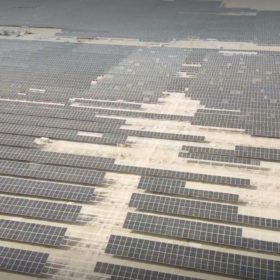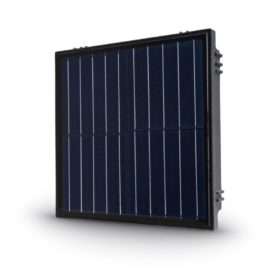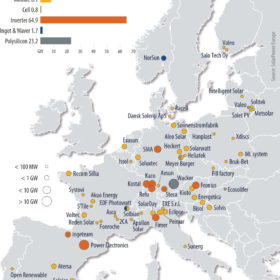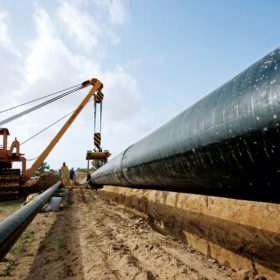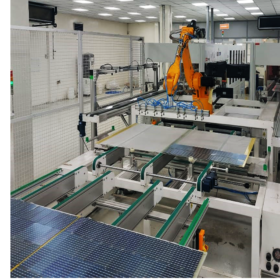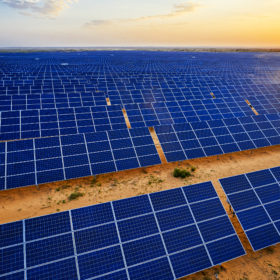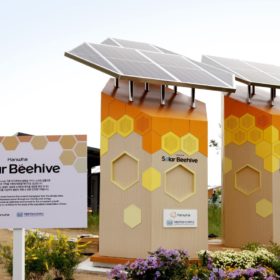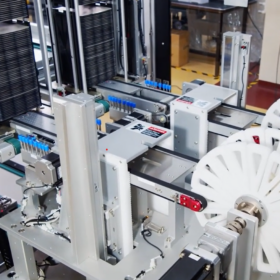GreenZo to offer green hydrogen solutions from electrolysis to storage
The Delhi-based renewable project consultant aims to expand electrolyzer production capacity to 1 GW after its initial 250 MW is operational. It is also looking at offering turnkey solutions for green hydrogen plants and the production of high-pressure tanks and cryogenic vessels for hydrogen storage.
O2 Power switches on 250 MW solar project in Rajasthan
The project is located in the Jaisalmer district and benefits from a 25-year power purchase agreement with Solar Energy Corporation of India.
New solar module for pavement applications
Hungary’s Platio Solar has developed a new PV module line featuring monocrystalline and polycrystalline cells with clear or opal glass.
The great EU solar manufacturing reset
“We need to bring manufacturing back to Europe and the [European] Commission is willing to do whatever it takes to make it happen,” EU Energy Commissioner Kadri Simson said at the opening of SolarPower Summit 2022. Her words rocketed around the solar community, boosting share prices and invigorating the European solar industrial mission, writes SolarPower Europe CEO Walburga Hemetsberger, as she lays out the actions needed for solar-power EU energy independence.
Solar power for the world’s longest crude oil pipeline
Cairn Oil & Gas will run its Mangala crude oil pipeline’s above-ground installations (AGIs) with solar power. The plan is to install a cumulative 540 kW of rooftop PV capacity across 36 AGIs along the route pipeline to meet the energy requirements of the complete AGI load.
Saatvik secures solar module supply order for Mauritius project
Indian PV manufacturer Saatvik Solar will supply 9.3 MW of mono PERC modules to Bharat Heavy Electricals for a PV project in Mauritius. The panels will feature multi-busbar and half-cut cell technology.
Nexcharge’s 1.5 GWh factory to make at least 150 storage products
Nexcharge will manufacture lithium energy storage products for electric vehicles and grid-based applications at its newly opened plant in Gujarat.
ReNew signs 200 MW solar PPA, acquires over 500 MW of renewable projects
Indian energy developer ReNew has agreed to acquire more than 500 MW of operational wind and solar assets. It has also signed a 200 MW power purchase agreement with Maharashtra State Electricity Distribution Co. Ltd.
Jakson switches on 70 MW Amguri solar park in Assam
Noida-headquartered Jakson Group has developed a 70 MW solar project with engineering, procurement and construction done in-house. The plant will supply electricity to Assam Power Distribution Co. Ltd.
Solar beehive in South Korea
Hanwha Group has marked World Bee Day by unveiling the country’s first solar beehive. The PV modules on the beehive generate electricity to automatically monitor and control internal conditions.

